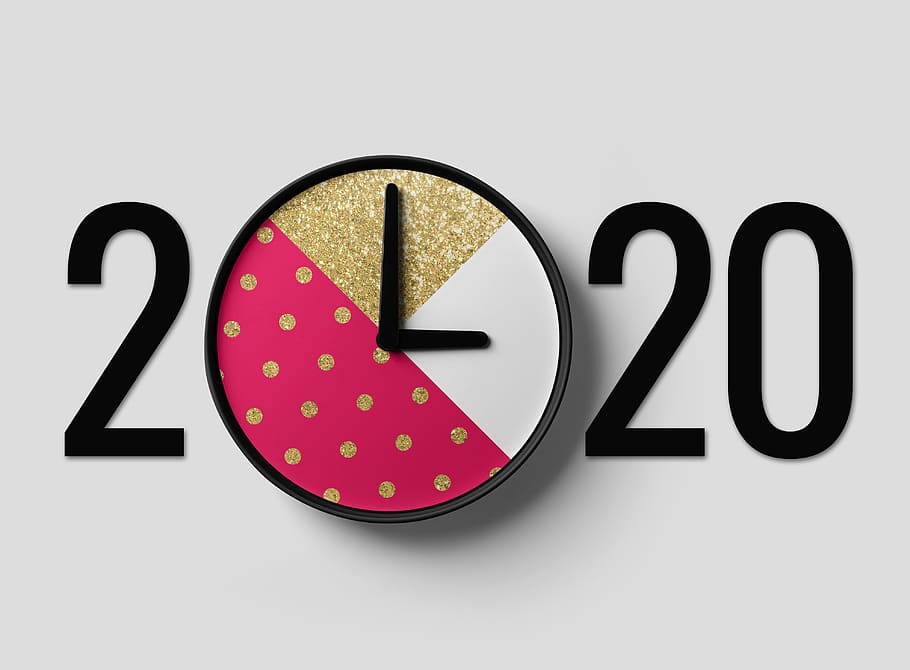
Now that the festivities are over and retailers have recovered from the craziness of the holidays, it’s time to take a serious look at 2020 and everything we’d like to accomplish. Below are 5 resolutions that should be on every marketer’s list:
- Find a real CDP
There seems to be a pattern of terms rising to the top of popularity, some are net new, some are reused. CDP is one of those terms. It has been in our marketing vocabulary for 10 years now, but now it’s a hot topic in the industry. Everyone now claims to be a CDP, but this just can’t be the truth. Not all CDPs are created equal.
- An email platform will say it’s a CDP because it has all email, most website, and some clickstream data. But they’re missing key touchpoints in the customer journey – they have a transactional view vs a comprehensive customer view.
- A SaaS platform can bring some of the digital data together, but there’s no insight or action. Intelligence comes in the form of bright, shiny dashboards, but there’s no marketing expertise or services to generate insights and create strategy.
With all these new martech products, finding the right tool can be daunting. List out what you need from a CDP, and make sure all the boxes are checked. And always remember to vet your references!
- Get loyalty right
Marketers think loyalty is synonymous with rewards. Do X, spend Y, get $10. This makes the relationship seem too simple. Loyalty really means a customer is loyal to your brand, they are more likely than not to buy again. Someone who has only purchased once, especially because they receive a discount, has not exhibited loyalty to your brand.
All too often, we see marketers jump into a basic rewards program without being armed with the needed insight. If 75% of customers have only purchased once, they’ll never get a reward. If there are 4, 6, or 12+ months between purchases, customers aren’t thinking about the points they’re earning, or even thinking about the brand at all.
Marketers need to realize that brand is not top of mind all the time. To get loyalty right side up, they need to focus on the customer. Who is the most loyal customer? What makes them loyal? What did they buy first? What was the path they took to become loyal? By answering these questions and more, marketers can create true loyalty programs that see results.
- Understand the importance of behavior segmentation.
Many marketers are still using persona-based demographics to segment and target their marketing. Demographics like education, income bracket, number of kids, location, and hobbies are great for messaging look and feel, but you can’t market against it.
For example, a persona-defined Best Customer is married, 50+, likes to travel, and makes $100K annually. So what? Not all old guys are Best Customers! In fact, the truth is far from that. How can you use this to create a Best Customer program? In reality, any persona-based messaging is only reaching a small number of your Best Customers, because it’s only focused on the demographics.
Behavior based segmentation is really what matters. Length of time between purchases, what they purchased first, what they’re likely to purchase next are examples of datapoints marketers can use to create marketing that drives incremental behavior and revenue. But it’s difficult to do, and people tend to gravitate towards persona-based marketing because it’s easier.
Consider this – if you blast everyone in your database with the same messaging, you are not building a relationship with customers who are already more likely to purchase again. To get lifecycle marketing right, you should understand what a customer has done, what they’re likely to do next, and how to encourage them to go ahead and do it. When this insight is brought together, you will know what marketing is needed to increase the likelihood that they’ll convert.
The ultimate conversion for the retailer is having a customer purchase again. Every time a customer makes a purchase, they are increasing the likelihood they will purchase again, and taking another step to becoming a loyal, best customer. That’s the goal of lifecycle marketing – to have individual customers purchase enough times where the relationship grows organically and customers are inherently loyal to the brand.
In 2020, budget should be directed towards data-backed lifecycle marketing, not what your demographics tell you.
Next week, we’ll discuss two more resolutions: realize marketing is more than technology and creating Best Customers. Stay tuned!



